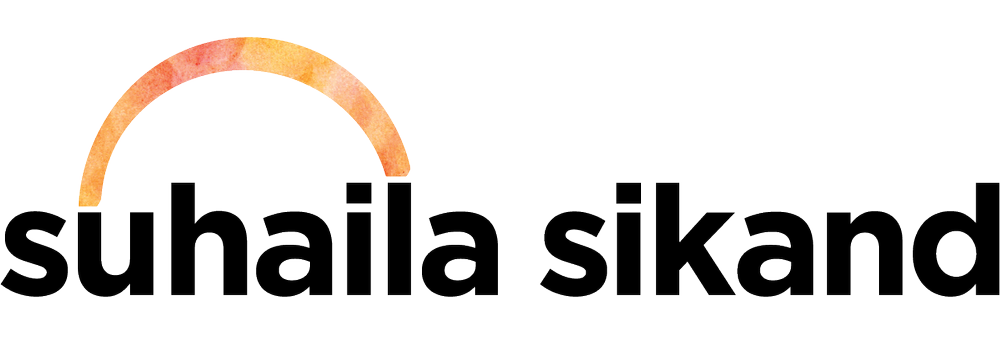GreenFLY Search Results display flights sorted by carbon dioxide emissions to influence consumers to be environmentally conscious.
The Problem
Make searching for sustainable flights easier and desired to use.
Background
When we buy an airplane ticket, we aren't necessarily thinking about all the carbon we are contributing to the atmosphere, but we are also not given the means to. GreenFLY's mission aims to inform the consumer. Through analysis of flight details, fuel consumption, and passenger vacancy, the GreenFLY team is able to tell you which flight in your search is the "greenest", or in our terms, "your greenfly".
My Role
I joined the GreenFLY team in July of 2015. Initially, my duties were to tweak the design under the original design concept. I learned to work within the design specifications to add flavor, functionality, and usability. Eventually, I lead a redesign and guided Ying Chen, my fellow designer, and our developers Andrew Kwon, Vishal Chakraborty, and Yitong Li to create the final website.
The first version of GreenFLY
Research
What is the goal of the website? I asked the team to think about what they wanted to accomplish and cross referenced this with what people got out of it.
Insights
No visual hierarchy
Too much text
Too long of a load time
Purpose
How might we provide an opportunity for air travelers to be environmentally responsible while making travel plans?
Concept
Updated Search bar with more iconography
Collapsible and static search bar in search results
Sorting and Filtering Features (price, departure time, arrival time, number of stops, and carbon)
Add “Greenest Flight” to make carbon more prominent
Testing
Iconography was useful in some cases but too abstract in others
Collapsible search bar redundant and not needed
Too much sorting functionality for user needs. Didn’t need sorting and filtering
GreenFLY Sidebar Design didn’t make the experience simpler.
Solution
Redesign entire aesthetic to answer “why would I use this”
Give users the ticket to fly greener, not harass them to not fly
Create a personal experience so they can track themselves and compare themselves to national standards
Sort based on Price and Carbon only so users can learn the correlation between the two. Default is sorted through carbon so “Your GreenfLY” is the first result.
Challenges
The first developer’s aesthetic eye allowed for easy communication and correct implementation. As the project developed almost entirely, however, I realized that perfection isn't always necessary. There's a point when the usability is achieved, but not the visuals to the exact pixels, and the project needs to keep moving. This challenge is rooted in finding the balance between time, usability, and aesthetics.
Moving Forward
Run more user tests to work out the kinks in the site
Rethink the experience with developers to reduce load time.
Readjust the navigation in the login so accessing the search is more intuitive.
Think about analytics and how institutional project managers could add, remove, or calculate journeys in teams so departmental data can be presented to influence more environmentally aware travel.









